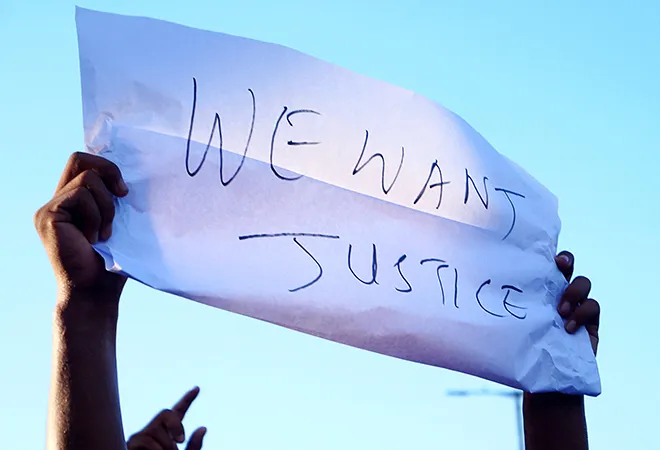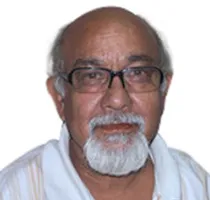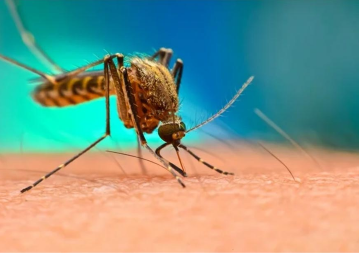
Continuous student protests that took place before and after the passing of the Citizenship Amendment Act (CAA) across the across the country with the support of civil society may turn out to be a watershed moment in the politics of the country. This happened for the first time since the rise of the BJP under the charismatic leadership of Prime Minister Narendra Modi six years back.
Before the demonstrations were mellowed, over a dozen have died in clashes between the protesting youth and the state police that has firm orders from both the Union Home Ministry and state governments to deal with the demonstrations. Unrest is continuing as the NDA government along with the BJP with full backing from its mentor — the RSS — appears to be determined to deal with the situation politically and is not ready to talk because that may come be perceived as a sign of weakness.
Though there is a rethink among its allies like the JD (U) and parties like the BJD that have declared their respective opposition to the National Register of Citizens (NRC) but the BJP has decided to launch a massive and comprehensive outreach programme to spread ‘truth’ about the CAA and NRC.
Large turnout of youth and the civil society despite the central and state government’s determined efforts like large scale arrests of political and student leaders and halting internet services to thwart protest rallies is a development that is difficult to overlook or ignore. Earlier, there had been widespread protests at the introduction of citizenship amendment bill (CAB) in parliament also and finally passing of the bill by the two houses turning into an act in entire Northeast especially Assam.
Overwhelming response on 19 December, a day when freedom fighter Ashfaqulla Khan was hanged to death by the British in 1927 and is celebrated as a day of Hindu-Muslim unity and amity, is possibly the result of several factors. Even a cursory glance at the multitude of protesters who had gathered in Delhi, Lucknow, Patna, Ahmedabad, Mumbai, Bhopal would prove that the protesting citizens were from all hues, faiths, castes and beliefs. It appeared as if a cap on a volcano had been removed by human anger against bigotry and continuous attempts to divide India on communal lines.
Undoubtedly, economic slowdown and diminishing job opportunities have also significantly contributed to the rising anger against the Modi government among the youth. Further, non-fulfillment of promises that were made by none other than Modi himself has contributed to growing disillusionment among the youth and the civil society in general.
Lack of credible opposition that left the field open for the Modi government, particularly after win of 2019 general elections with an improved mandate, led to a rush in legislations like scrapping of the Article 370 ending the special status to Jammu and Kashmir. Also, there were large scale arrest of the opposition leaders there and then amendment of the Citizenship Act, 1955 that makes a distinction between politically persecuted Hindus, Christians, Buddhists, Parsis, Jains and Muslims in Pakistan, Afghanistan and Bangladesh leaving Hindu Tamils in Sri Lanka seems to have resulted in a civil society and youth unrest.
Pace of disillusionment and disappointment with the Modi regime began to gather further momentum with the growing aggressiveness of the RSS-BJP cadres. The experience of NRC register in Assam that finally resulted in over 1.9 million citizens failing to prove their nationality was too recent that resulted in fanning of apprehensions and fears which may be unfounded but have impacted people’s psyche.
If these nationwide protests are going to be a serious challenge to the BJP-led government at the Centre and in states or not is going to depend upon many factors. Historically youth has always been at the forefront of ushering a change or in the overthrow of undemocratic and autocratic regimes. Student protests in Europe and youth demonstrations against the US war in Vietnam in late 60s of the last century had resulted in widespread changes in policies and change of governments. Back home, movement against the Congress government in Gujarat in mid 70s was led by students which had resulted in imposition of emergency finally ending in the defeat of the Indira Gandhi government in the general elections of 1977.
China is also facing continuous and sustained youth and student protests in Hong Kong and powerful undemocratic regime in Beijing is at loss to find ways to control it. State repression and use of force has often failed to control the situation. History is a witness to the youth power that has often culminated in revolutionary changes and no regime however mighty should overlook this obvious fact and should possibly ignore at its own peril.
Divided opposition and lack of a credible alternative to the Modi-led BJP are only two factors that yet seem to offer some reprieve to the present regime but how long these factors continue to work favourably is difficult to predict. It often happens that raging anger among youth finds an outlet for a passionate desire for a change and unpredictable ways forcing unwilling parties who had been ideologically opposed to each other and poles apart political forces to join hands against a common political rival or an enemy in a worst case scenarios.
The views expressed above belong to the author(s). ORF research and analyses now available on Telegram! Click here to access our curated content — blogs, longforms and interviews.




 PREV
PREV


